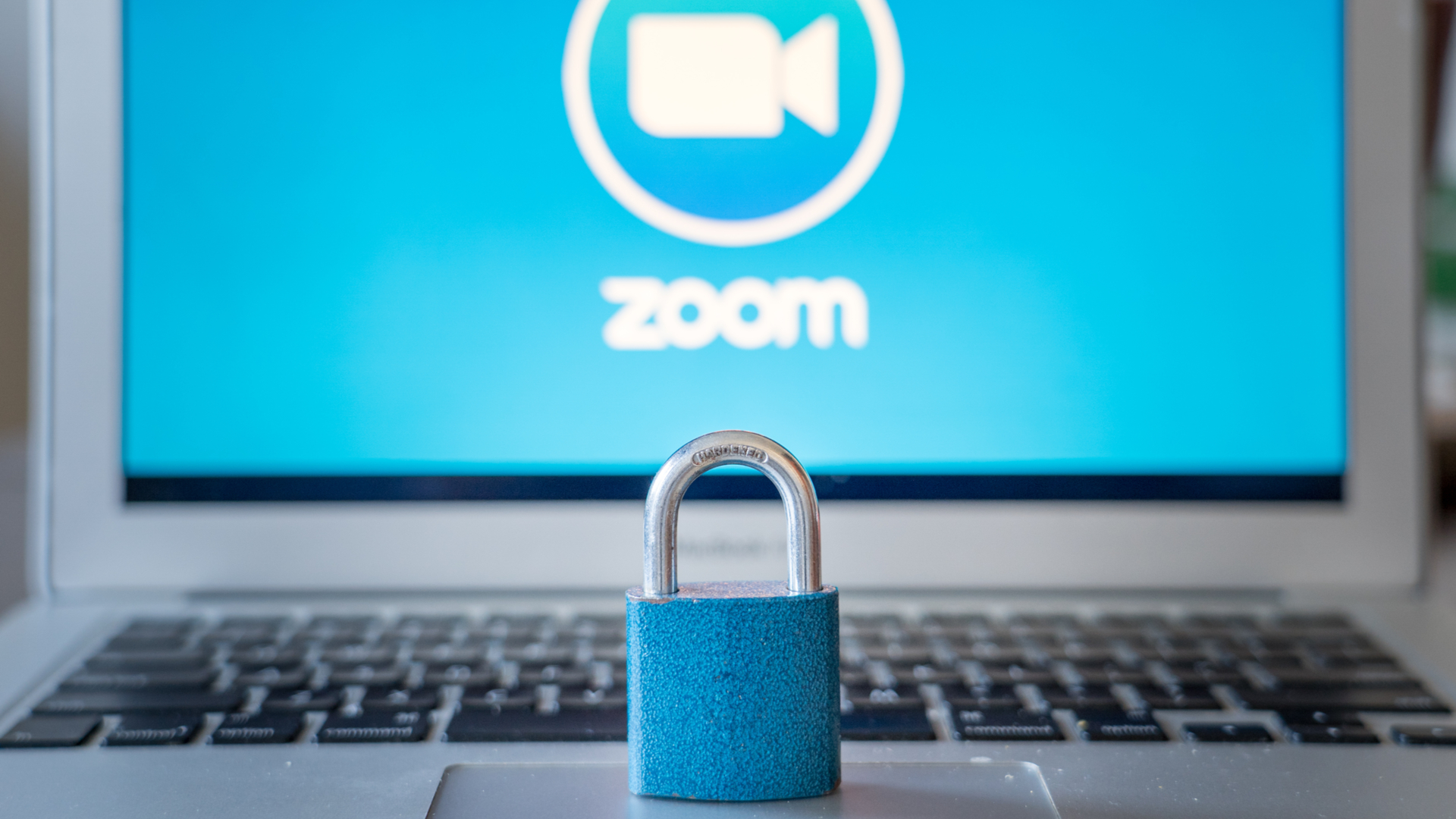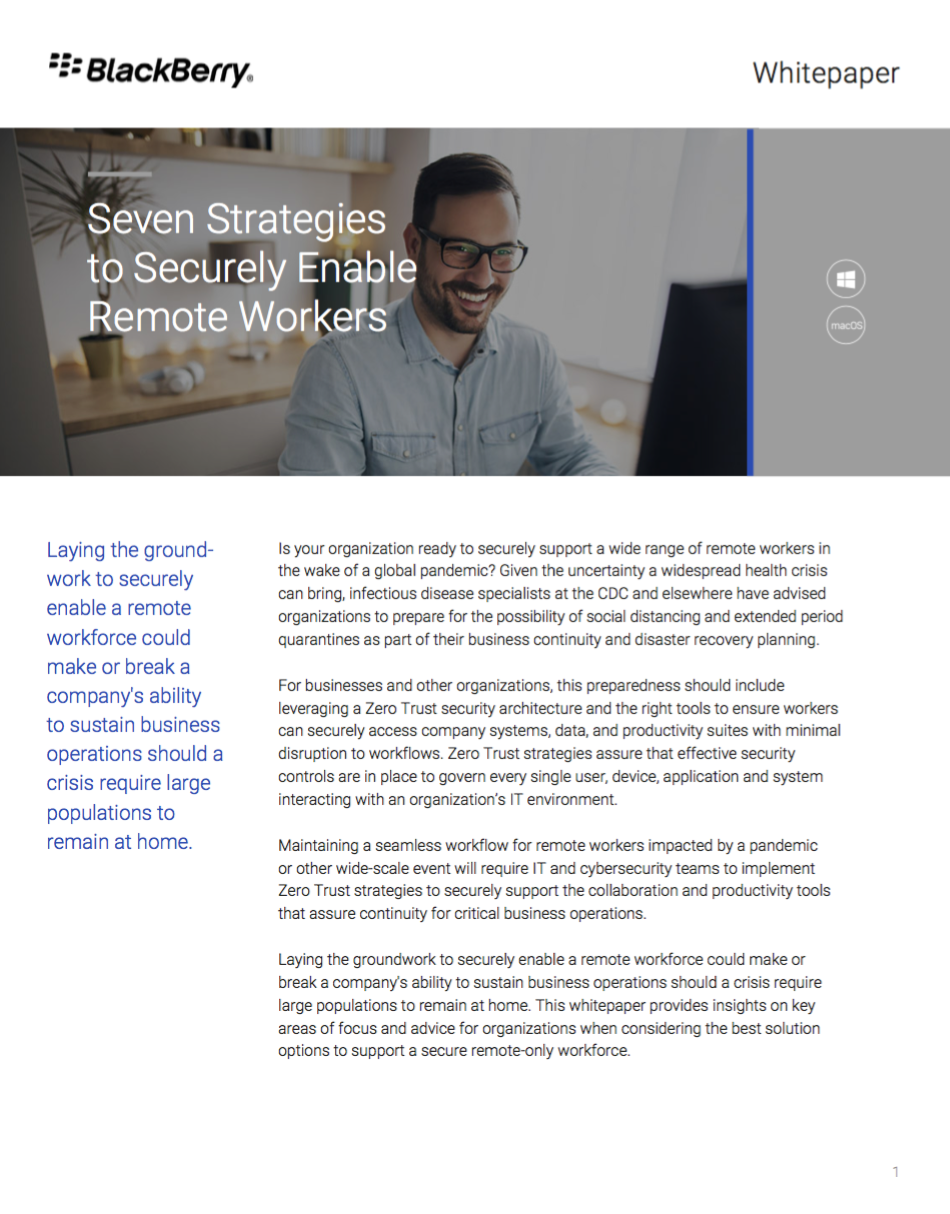How to improve Zoom video chat privacy and security
Essential tips to help you secure your meetings and live streams

Zoom has rocketed in popularity around the world, since the start of the Coronavirus lockdown. But the video conferencing app has also been criticised for a number of privacy and security issues.
Here are some top tips for making Zoom more secure and if after reading you feel the video conferencing platform isn’t for you, some recommendations for alternatives.
What is Zoom?
Zoom is a free video conferencing app. It allows up to 100 participants to video chat at the same time, with a 40-minute time limit for free users.
The app has been used for teleconferencing, remote education, job interviews, and other purposes where video communication is necessary.
Following the enforcement of social distancing to combat the Coronavirus outbreak, Zoom has received a flood of new users, as people embrace video chatting for work and socialising.
It’s daily users have skyrocketed from 10 million back in December 2019 to to 300 million in April this year.
However, Zoom’s ability to protect user privacy has been heavily securitised. The company wrongly claimed earlier versions of its app had end-to-end encryption. It was also found to be passing users’ device data to Facebook, something which has since been patched out, and, in what has become known as “Zoom-bombing”, uninvited guests have crashed meetings.
Get the ITPro daily newsletter
Sign up today and you will receive a free copy of our Future Focus 2025 report - the leading guidance on AI, cybersecurity and other IT challenges as per 700+ senior executives
Issues such as these have led to a string of companies, schools and governments avoiding the platform entirely.
In April, Zoom announced that its 5.0 update will introduce 256-bit encryption. This new version of the service focuses on fixing security issues that have been raised – including “Zoom-bombing”. The update is rolling out to users now, although the new security standard won’t take effect until 30 May.
Even if you’d prefer not to use Zoom, you may find yourself installing the app because it is what friends, family or colleagues have chosen. In that case, you’ll want to make sure your experience is as secure as possible.
How to improve Zoom security
General security
Regardless of what device you are using to access Zoom, keep these things in mind to improve your security:
- Use the latest version of Zoom: Make sure you’re running the latest version of the app to ensure you have access to the most recent security updates and features. Visit this page to see the latest versions of Zoom and find your device to check you’re up to date.
- Use a dedicated email address to sign up: Unless you’ve been instructed to use your work email by your employer, you can sign up using a different email address to the one you normally use.
- Review Zoom’s settings on your device: Zoom’s settings can be overwhelming, but checking a few essential ones are enabled, as detailed below, will help you stay secure when using the software.
How to secure your Zoom meetings
If you are hosting, these settings will help you keep your Zoom meetings and live streams more secure.
Some settings can be found and changed across all of Zoom’s platforms. For simplicity, we recommend accessing them via the Zoom web portal. You will need to be signed in as an administrator, and then go to Account Management > Account Settings.
Activate the Waiting Rooms feature: Zoom’s Waiting Room feature allows you to control when participants can join your meeting. It’s available to all Zoom users and is especially useful when hosting public events.
To activate it, scroll to the Meeting section, find the Waiting Room option, and check that it is enabled. Once it is, you can choose to place all participants or guests (those not on your Zoom contacts or not logged in) in a virtual waiting room before admitting them to the meeting.
Zoom’s waiting room feature should now be activated by default for basic, pro, and education accounts, but it’s worth double checking.
RELATED RESOURCE

Seven strategies to securely enable remote workers
Sustain business operations during a crisis by following these strategies
Allow only signed-in users to join: Authentication Profiles gives you the power to restrict participants from joining meetings, unless they are authorised. This feature is restricted to Pro, Business, Enterprise and Education plans, however, and is not available on the free tier.
To enable it, navigate to the Schedule Meeting section, check that the Only authenticated users can join meetings option is selected. Once activated, you must then set how you wish to authenticate your participants. See Zoom’s support page for how to do this.
Avoid using your Personal Meeting ID for public events: Think of Zoom’s Personal Meeting ID (PMI) as the keys to your virtual home. You don’t want to give it out to just anyone. And you certainly shouldn’t post it on social media. PMIs should only be shared with trusted contacts.
When scheduling your public meetings or one-off live streams, ensure the Use Personal Meeting ID option is disabled. Instead a random unique meeting ID will be generated and you can share that with your audience.
Lock a meeting: It’s also possible to lock your Zoom meeting so no new participants can join, whether they have a password or not. During the meeting, click the Participants pop-up menu and select Lock Meeting.
There are more ways to keep your meetings safe, including preventing participants from screen sharing, disabling participants video feeds, and ejecting unwanted guests. For further advice on Zoom privacy and security, visit Zoom’s help centre.
Zoom alternatives
Zoom isn’t the only video conferencing service around. Here are some alternatives you may want to consider.
Google Hangouts: The search giant’s meeting app allows up to 150 participants to chat via text or voice, but a maximum of 25 for video calls.
Microsoft Teams and Skype: Built into the Office 365 suite, many business and education users may have access to Microsoft’s video chatting apps without realising it. For Microsoft Teams, 250 participants can join a meeting, 20 for a private chat, but only 4 video participants will be shown at any one time. Meanwhile, Skype supports up to 50 participants on video calls.
FaceTime: Only available to those with Apple devices, up to 32 people can participate in a group FaceTime video call.
WhatsApp: This popular mobile messaging app also supports video calls, and recently increased its video group chats to up to eight users.